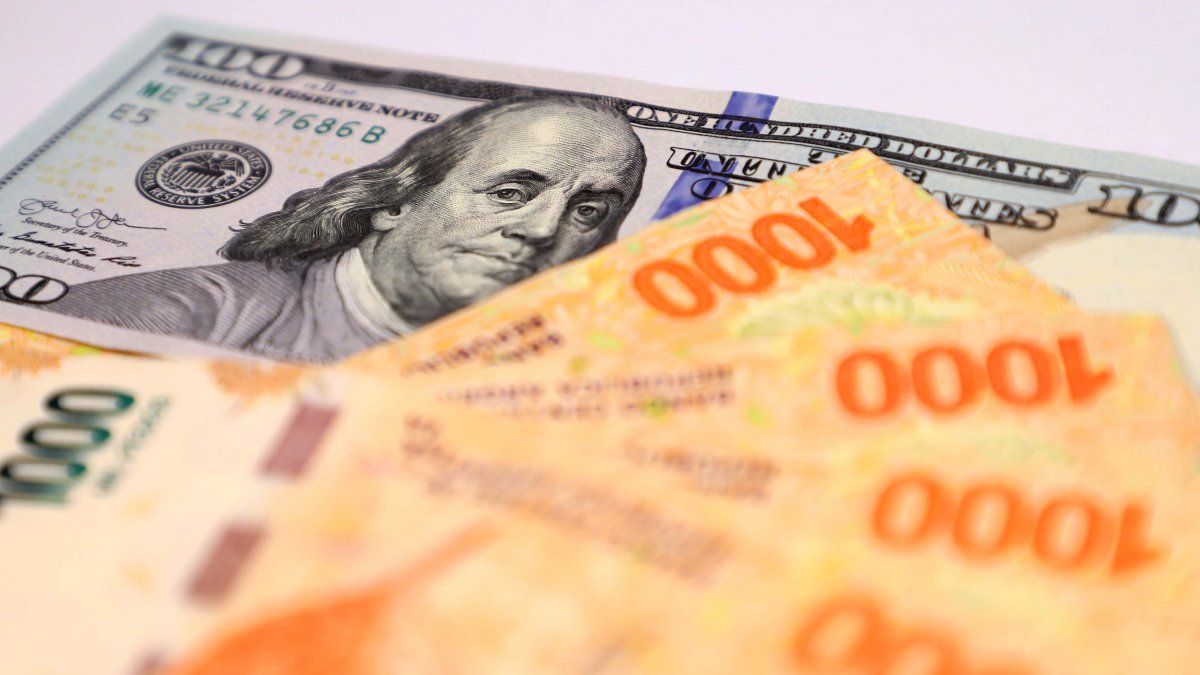According to Nadin Arganarazdirector of the Argentine Institute of Fiscal Analysis (IARAF), These new transfers would imply an extra expense of between $176,000 million and $235,000 million, equivalent to between 0.25% and 0.33% of the GDP estimated for this year.
New fiscal cost IFE IARAF
Source: IARAF with data from ANSES and INDEC
“Taking into account the goal of reducing the annual primary deficit from 3% of GDP in 2021 to 2.5% in 2022, a reduction in primary red equivalent to 0.5% of the product was promised. Yesterday’s announcement is then equivalent to between half and two thirds of the entire annual correction agreed with the IMF,” Argañaraz deepened.
In the same vein, a report from delphos-investment He stressed that the fiscal cost of the bonds would be between $170,000 million and $200,000 million, that is, 0.3% of GDP.
Although this additional expenditure could put pressure on the fiscal accounts, The Executive Power also anticipated that there will be a tax “on unexpected income”on the set of companies whose net profits in 2022 are greater than $1,000 million and which exhibit an “abnormally high” profit margin due to the effects of the war between Russia and Ukraine.
Details about the fine print of the tax and the magnitude of what it could collect through it have not yet been presented, although it is expected to be based on the legal architecture of last year’s Extraordinary Solidarity Contribution.
“We discount that this initiative has the approval of the IMF. However, it will have to go through Congress, whose times are uncertain considering the likely disagreement of the opposition blocks. For this reason, we see an acceleration of social public spending with resources that would be collected a few months later (probably from July), which increases the fiscal deficit in the short term,” they warned from Delphos.
In this context, the new aid could be financed with this tax, or cover it with debt in local currency with the market, two ways that for Jeremías Morlandi, Director of Public Policies at the ARGENTINA XXI Center for Economic Studies (CEEAXXI), would not have as much impact on the goals agreed with the Fund.
If, on the contrary, the financing is carried out with monetary issue, Morlandi maintained that the Government must “make a very good fulfillment of the other goals so that the organism does not consider a disapproval” of the disbursement.
Likewise, according to some analysts, the larger issue could lead to greater pressure on the price of the dollar and, therefore, on inflation.
“The government’s expectation could be that if they do a good job in removing energy subsidies, the IMF can look the other way in issues of monetary issue, whose goal is set at 1% by 2022 against 3.7 % of 2021”, limited the economist.
Source: Ambito
David William is a talented author who has made a name for himself in the world of writing. He is a professional author who writes on a wide range of topics, from general interest to opinion news. David is currently working as a writer at 24 hours worlds where he brings his unique perspective and in-depth research to his articles, making them both informative and engaging.




